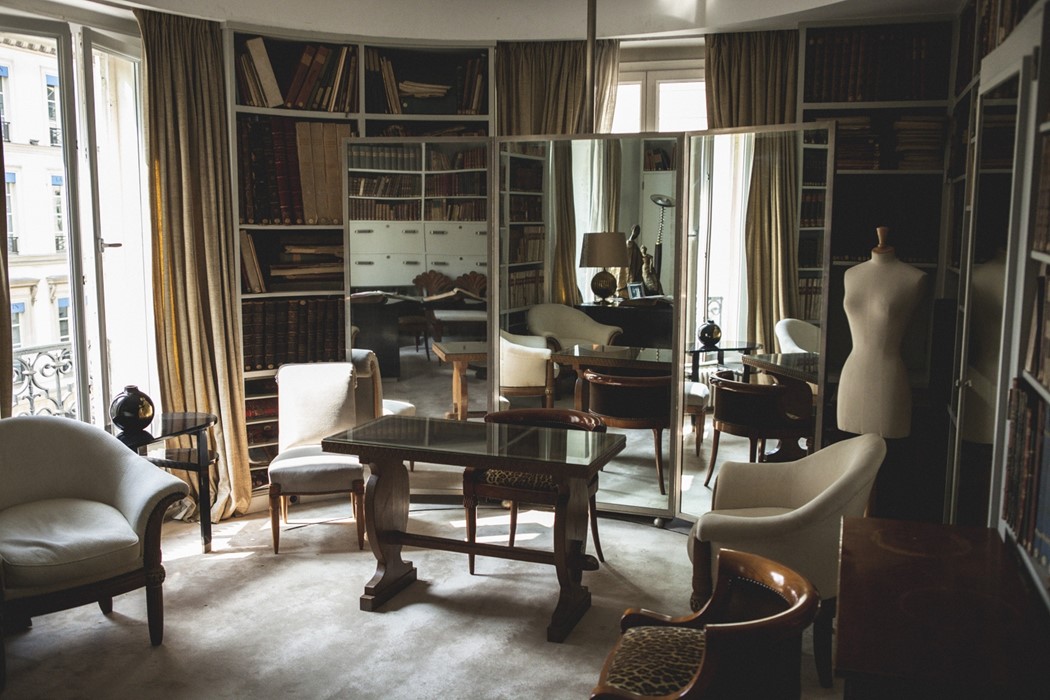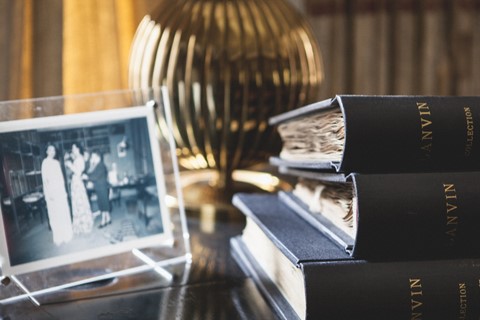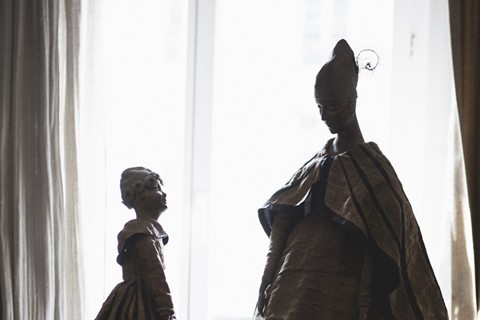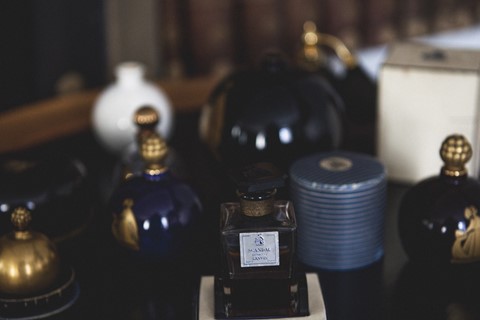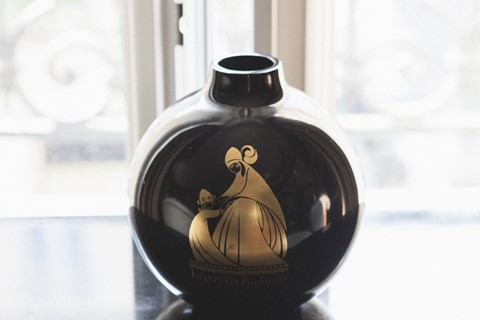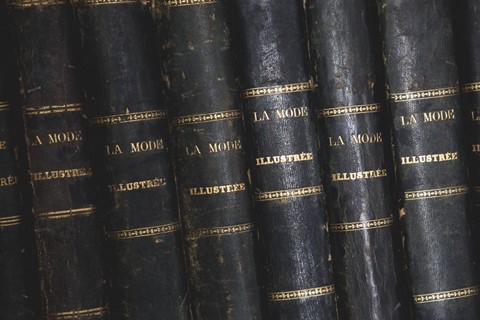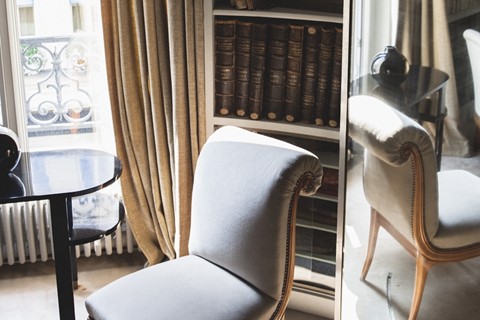AnOther explores Jeanne Lanvin's private enclave, stuffed with books and mementos that inspire the fashion house to this day
A three-faced mirror, white armchairs and a black wooden desk, hundreds of books and windows overlooking the Rue du Faubourg Saint-Honoré: Jeanne Lanvin’s office stands today exactly the way it did back when it was decorated by Eugène Printz in 1930. The space had been occupied by the Parisian designer for years before it became an Art Déco-influenced pristine white room. Lanvin established her Maison at 16 rue Boissy d’Anglas in 1889, aged 21, on the same street where she had started working as an apprentice milliner at Madame Félix’s atelier at 16. She became known for her hats as well as her taste in dressing Marguerite, her daughter from her first marriage to Count Emilio di Pietro. Clients urged her to start creating children’s clothes, and eventually womenswear – she would say years later, “I would have stayed a milliner for the rest of my life if it wasn’t for my daughter”.
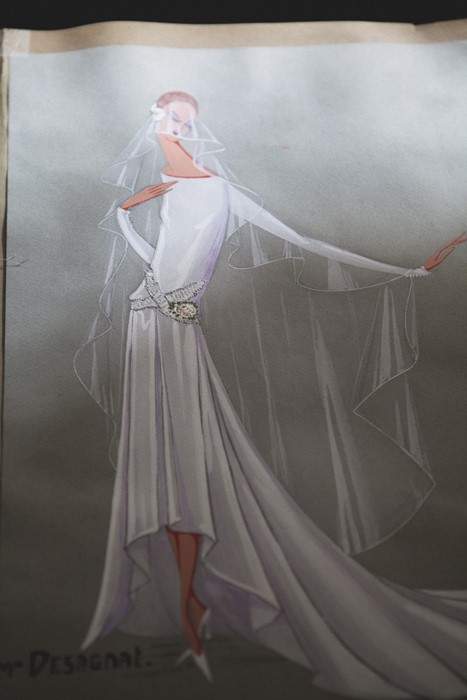
Marguerite was the designer’s muse and her influence is visible everywhere. In the office’s white armchairs, created in the 20’s by French architect Armand-Albert Ratteau, which feature daisies sculpted in gilded wood; in the house’s logo representing a mother embracing her child (based on a picture of Jeanne and Marguerite stylized by fashion illustrator Paul Iribe) and in the bottles of Lanvin’s signature fragrance, Arpège, a name created in honor of Marguerite’s career as an opera singer. Flowers, books and travels were also among Lanvin’s biggest inspirations. The designer traveled extensively and brought back to her office tokens from each one of the countries she visited: silk from China, kimonos from Japan, embroidered fabrics from India… as well as photos and postcards from Italy and Spain, which she put together in a collection of scrapbooks which she placed in the bookshelves behind her desk, next to her collection of botanic illustrations and her issues of Le Jardin des Modes and La Gazette du Bon Temps, both popular fashion magazines at the time.
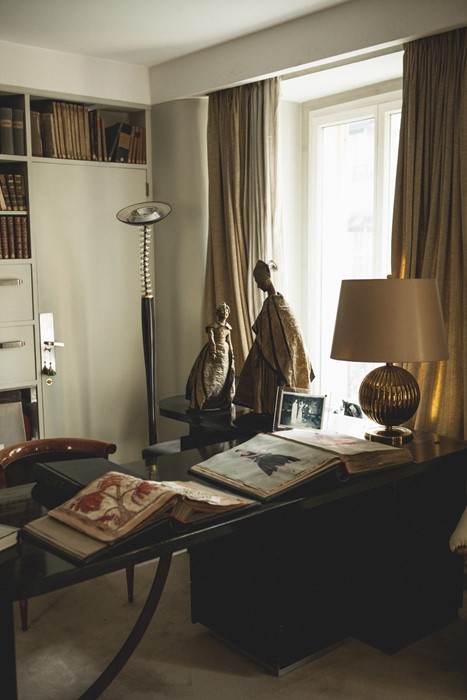
Books on fashion history, ballet and archaeology (the discovery of Tutankhamun’s grave inspired one of her collections) complete her library, as well as her sketchbooks (drawn for her by her staff, as Lanvin had no formal training as a fashion designer) and embroidery samples which she collected until her death in 1946, aged 79. Marguerite then took over the house and worked from her mother’s office, as would each one of the brand's creative directors until 2001, when Shaw-Lang Wang took control of the brand and Alber Elbaz was hired. “We then decided to keep the office as it had been during Jeanne’s life, as an archive and a reminder of the house’s heritage”, says Laure Harivel, Lanvin’s archivist. “When he first arrived, Alber Elbaz spent long hours here imbibing the brand’s identity. Nowadays he sends his team at the beginning of every season to hunt for inspiration – a certain tulle, an embroidery from 1925 or a grosgrain bow from 1927… Small, almost imperceptible details which appear in every new collection and are a wink to the magic that Jeanne Lanvin created in this room.”
Text by Marta Represa
